Screenwriters in their own words: The stories behind the stories of ‘Black Panther,’ ‘Green Book’ and more
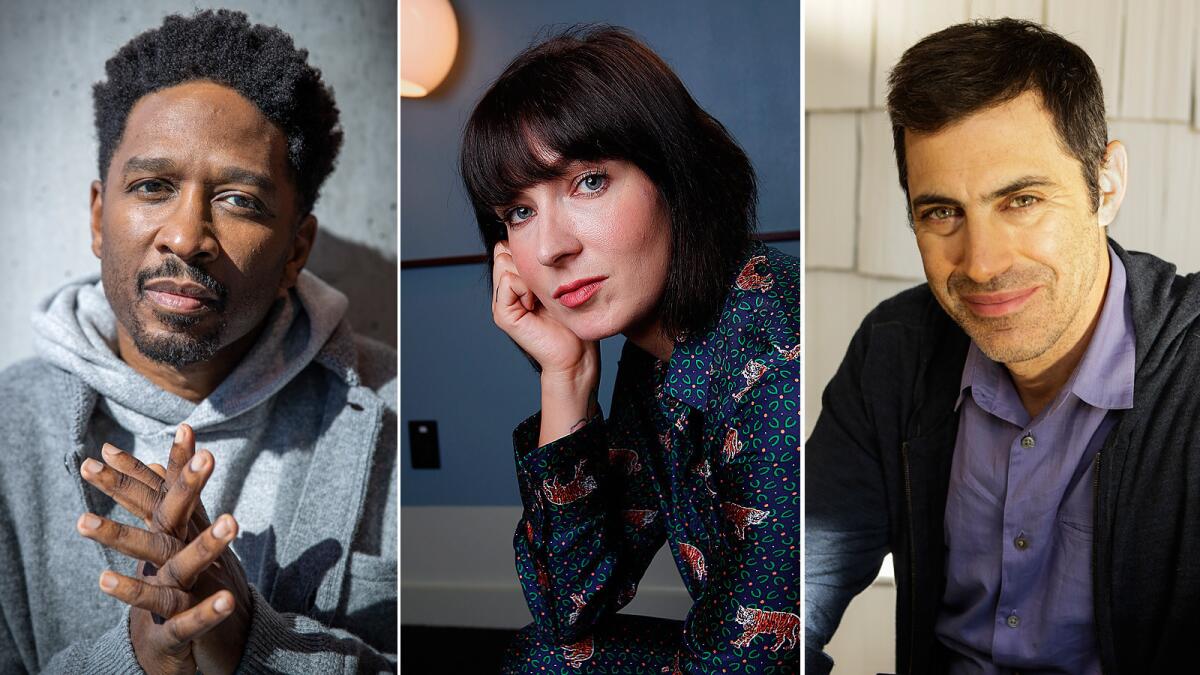
- Share via
In Hollywood, many times the stories behind the scenes are just as interesting as those on the screen. So with awards season heating up once again, The Envelope asked the writers of this year’s most-talked-about contenders to reveal the creative processes behind their screenplays. Check out the links for the full first-person essays and continue to check this page throughout awards season for the latest additions.
Read more: Diablo Cody, Joe Robert Cole, Paul Dano and Zoe Kazan, Josh Singer, Felix van Groeningen and Luke Davies, Peter Hedges, Gillian Flynn, Bo Burnham, Debra Granik, Kevin Willmott, Nick Vallelonga and Brian Hayes Currie, Elizabeth Chomko, Paul Schrader and Chloe Zhao
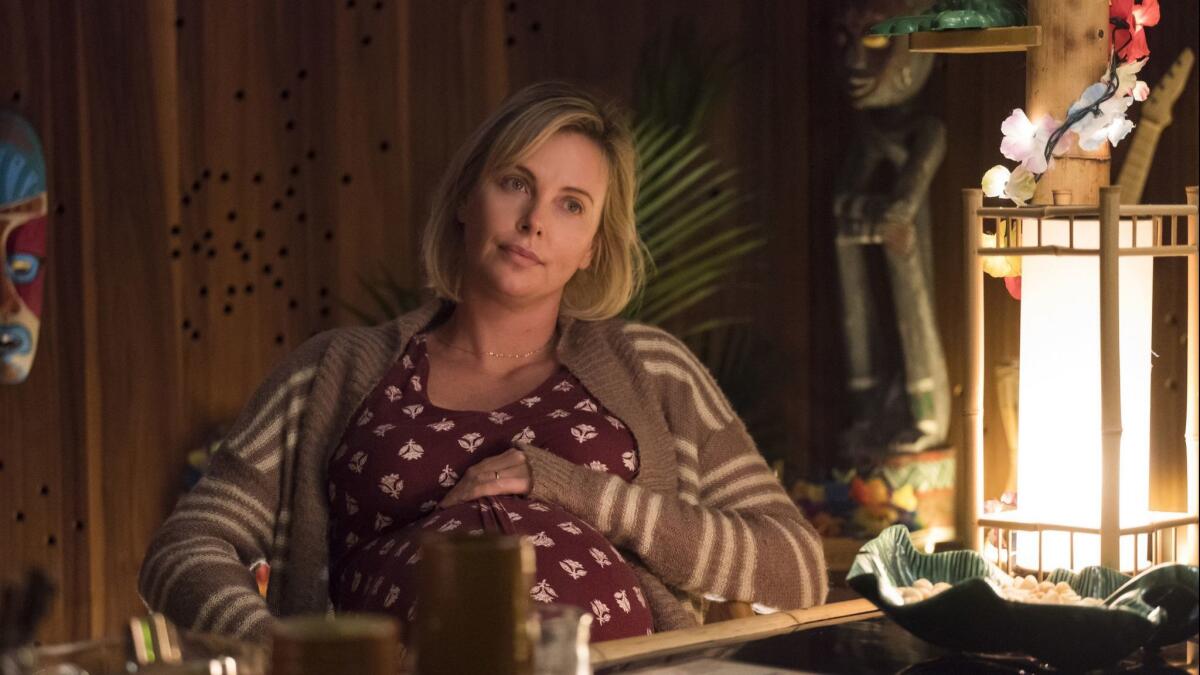
“Writing this script saved me. ‘Tully’ became my Tully, my helper, a glowing, soothing presence I could return to whenever I felt overwhelmed. My laptop was speckled with dried breast milk because I’d pump and type at the same time. The manual for the breast pump referred to the action as “expression,” which seemed appropriate. I was expressing all over the place, left and right, literally and figuratively. The relief was tremendous.”
Diablo Cody reveals how writing ‘Tully’ saved her »
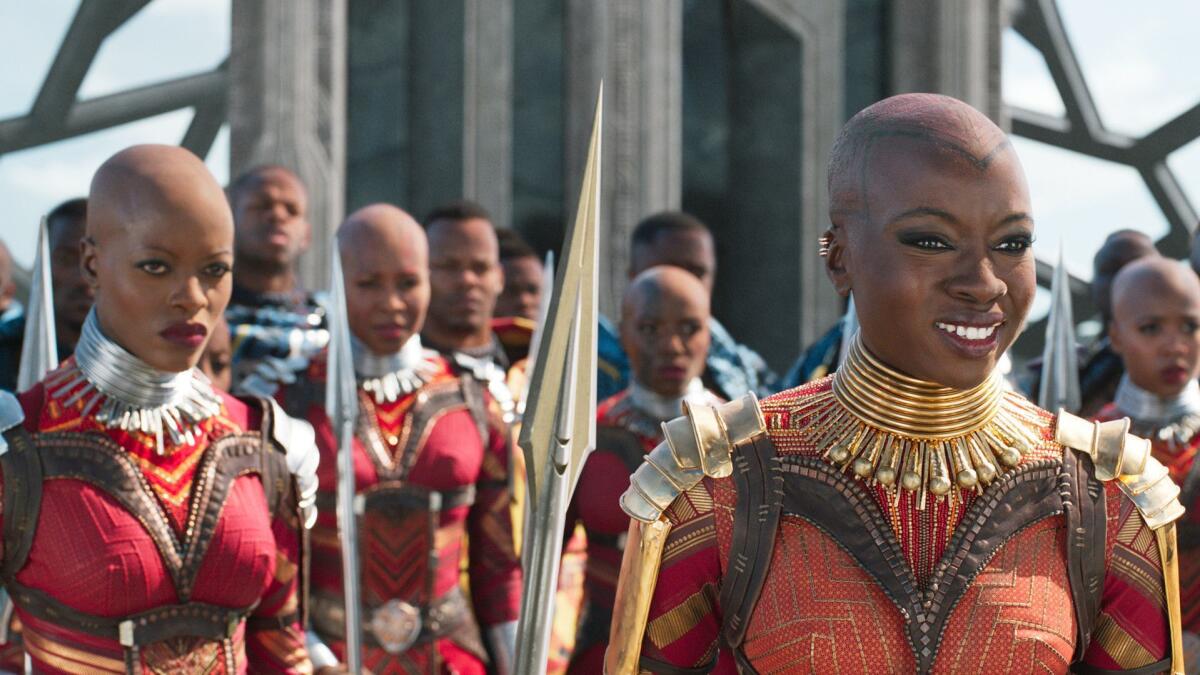
“It was also deeply important to everyone involved with the film that we be respectful of Africa, its cultures and people. All too often the continent of over 50 nations has been painted with a broad brush and woefully misrepresented. We spoke to historians and consultants, and Ryan visited the continent. Hannah Beachler, our production designer, put together a Wakandan bible rooted in tireless research.”
Creating heroes — and inclusion — for all in 'Black Panther' »
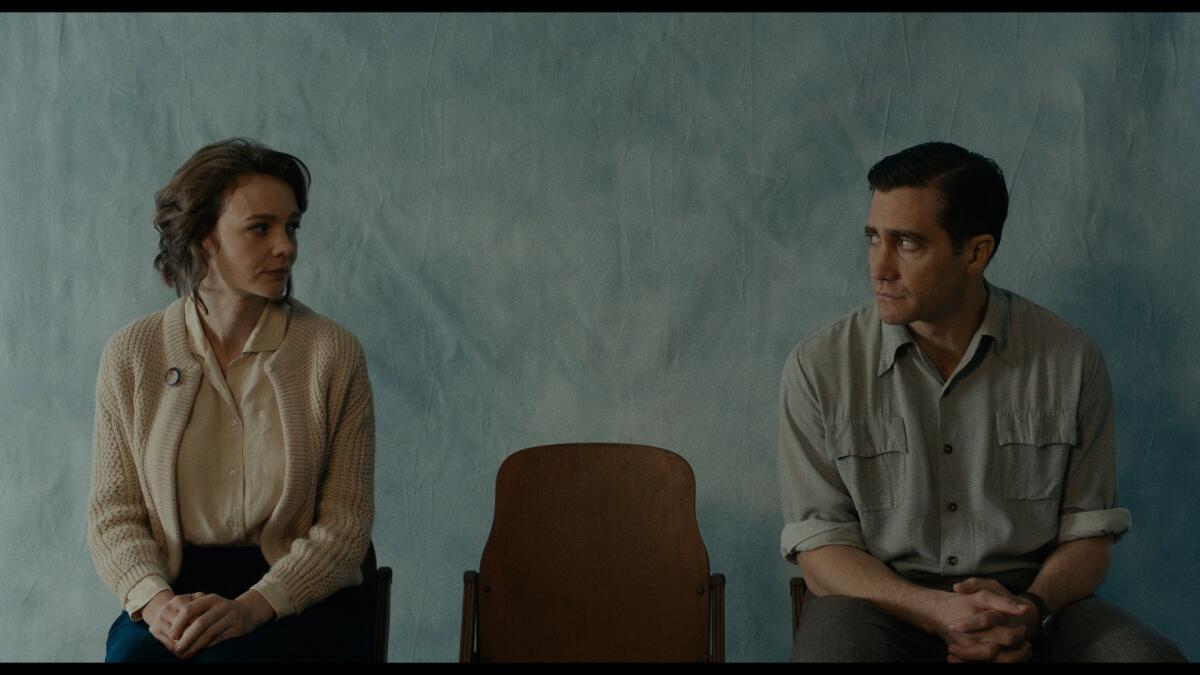
“Most of my process as a first-time writer was asking ‘why?’ Why am I making this? Why would this character behave this way? Much like I do as an actor, I tried to turn the material over inside myself and filter that through the characters. Slowly, the script began to shed skins and become itself.” — Paul Dano
One book, two writers, one couple: How Paul Dano and Zoe Kazan adapted 'Wildlife' and survived »
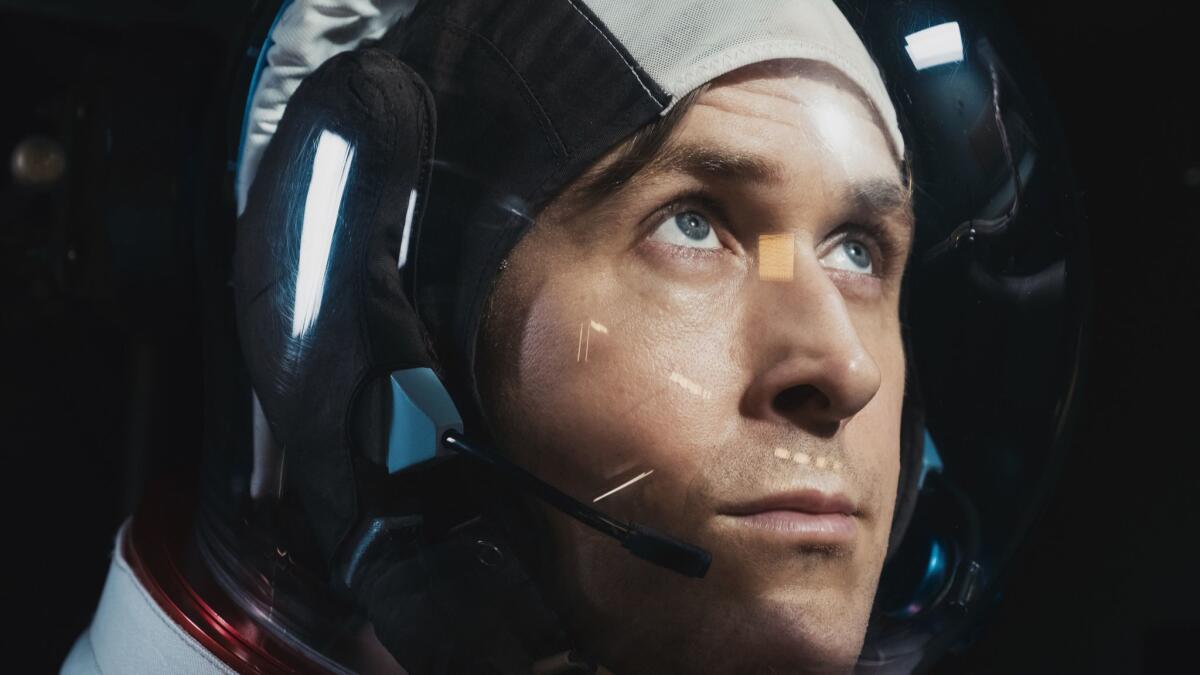
“So I did what I had done on ‘Spotlight’ — I sent early drafts of the script to Neil [Armstrong]’s family and colleagues. And, not unlike Neil’s journey to the moon, my journey on the script was marked by early failure. Astronauts Dave Scott and Mike Collins were pretty tough. I’d gotten all sorts of technical details wrong. And some of my characterizations of Neil were off. An early scene had Neil repeatedly slamming a phone down on the receiver after finding out about the Apollo 1 fire. Jim Hansen and everyone else who knew Neil were up in arms. Neil would never do that.”
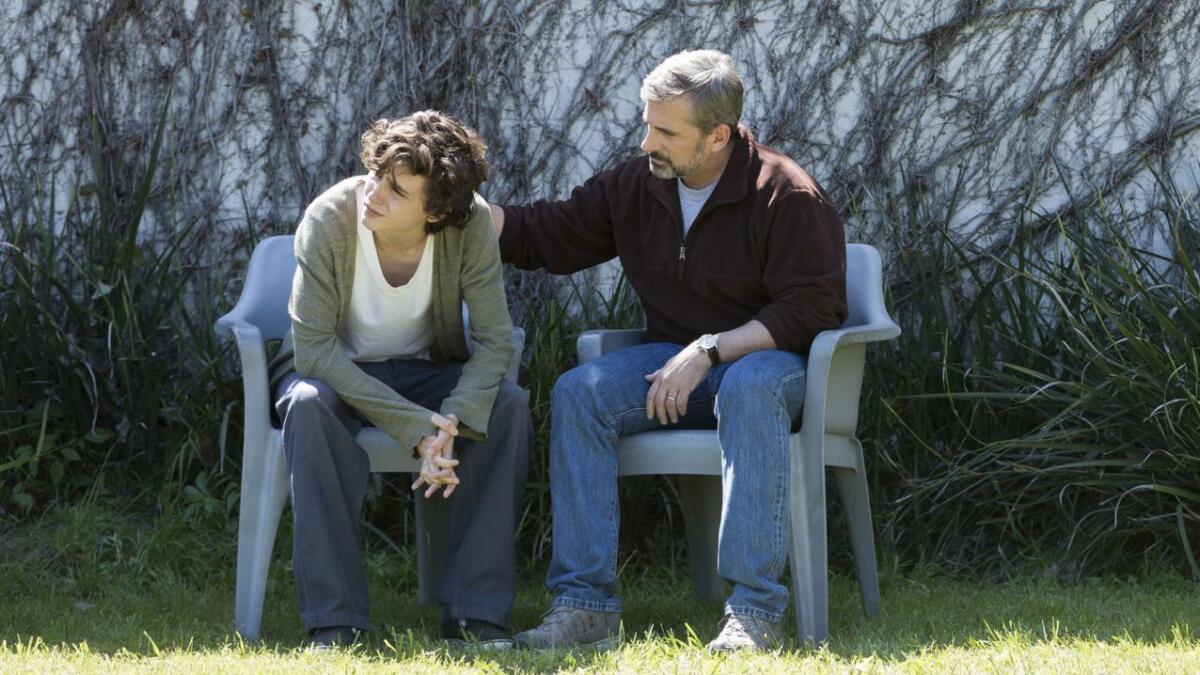
“At some point, I felt that we were pushing too much ‘structure’ onto the authentic story. The repetitive nature of a recovery narrative is also the challenging part of it. How do you keep invested in it, when you sort of know what is coming? Yet we needed to embrace this repetitive nature, and try to find a way to experience it like the characters experienced it — rebuilding hope every time.” — Felix Van Groeningen
Drug addiction, internal struggles, and fathers and sons all pushed ‘Beautiful Boy’ to the screen »
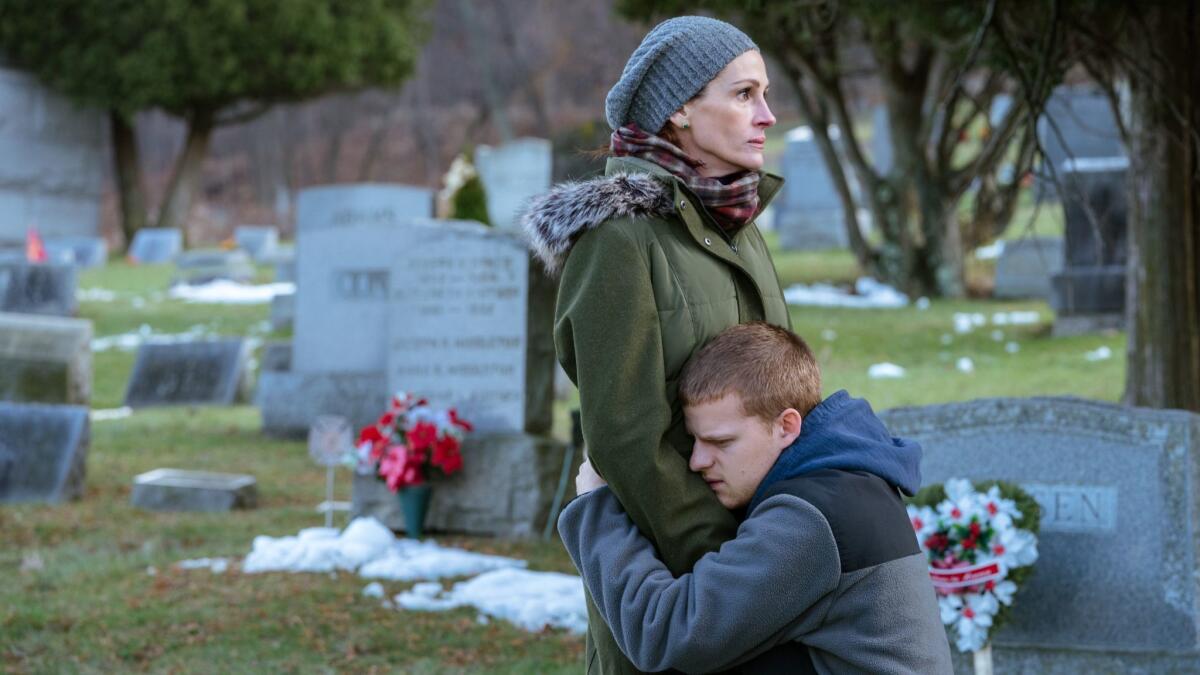
“My new film is a love story about a mother and her recovering-addict son. I started writing with this central question: ‘What if the mother, Holly, was like Orpheus and was willing to descend into the Underworld to bring her great love (in this case, her son Ben) back to Earth?’ So instead of having one seminal moment of heroism, she could make an endless string of determined, but often misguided, heroic attempts.”
'Ben Is Back' writer-director Peter Hedges uncovers the heroic core of broken women »

“Always at issue was the balance: the characters, the themes, the heist. One entire wall of my basement office is covered in whiteboard. I devoted half to the widows — to make sure we were giving them space to be true, breathing people. Because this was a heist film starring women, we wanted some of them to be moms and to see what child care in the middle of an incredibly dangerous crime looked like (uh, hard).”
With politics, gender and race at its core, ‘Widows’ packs in much more than a heist »

“I wrote ‘Eighth Grade’ as a tribute to the young people I was seeing online that no one was paying attention to. Teens, mostly girls, soliloquizing in their bedrooms for 10 minutes at a time, staring straight into their laptop’s built-in webcam. Thousands of videos with titles like ‘How to Make New Friends in Middle School’ or ‘Life Advice #54’ or ‘Being 13 Years Old: The Dos and Don’ts.’ Real kids posting videos that no one was watching — unseen, unprocessed, unadulterated by a built-in audience, desperate to express and define themselves in real time for an audience that may not be there.”
Writing 'Eighth Grade' as a tribute to young people — and all their uncertainty »
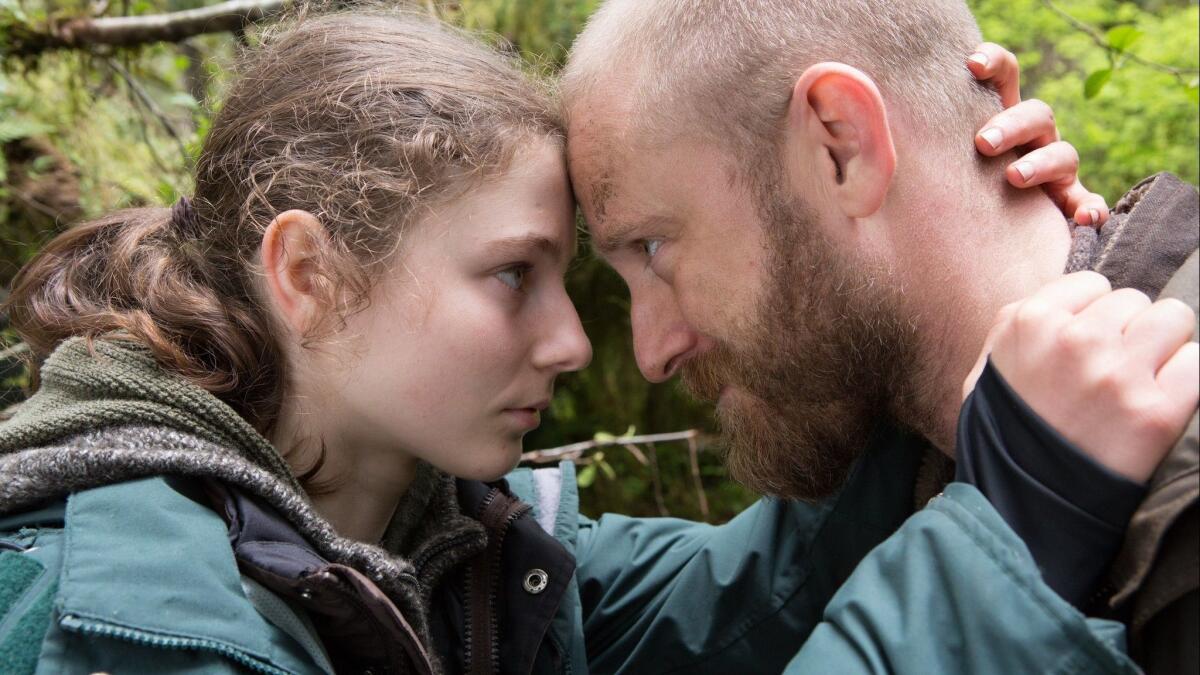
“After dozens of drafts, the version of the story I was following led to an ending that was different from the conclusion of the novel. I explored many different approaches for ending the film and finally settled on one that was inspired by a place that I’d encountered filming ‘Stray Dog’ in southern Missouri. We found a similar community of scrappy survivors who practice a live-and-let-live ethos in rural Oregon, so we filmed there.”
Step 1: Scout the setting; Step 2: Interview the locals; Step 3: Write 'Leave No Trace' »

“When Jordan Peele hired Spike Lee and me for this project, the only note he gave us was ‘make it funny.’ We knew exactly what Jordan meant. He wasn’t speaking about broad comedy or jokes; he was instructing us to reveal the irrationality of racism. The more you expose the normality of hate, how it works historically, the more you locate the tentacles that touch us today. That is how you make dangerous subjects humorous.”
Writing 'BlacKkKlansman' was an exploration of 'twoness' »
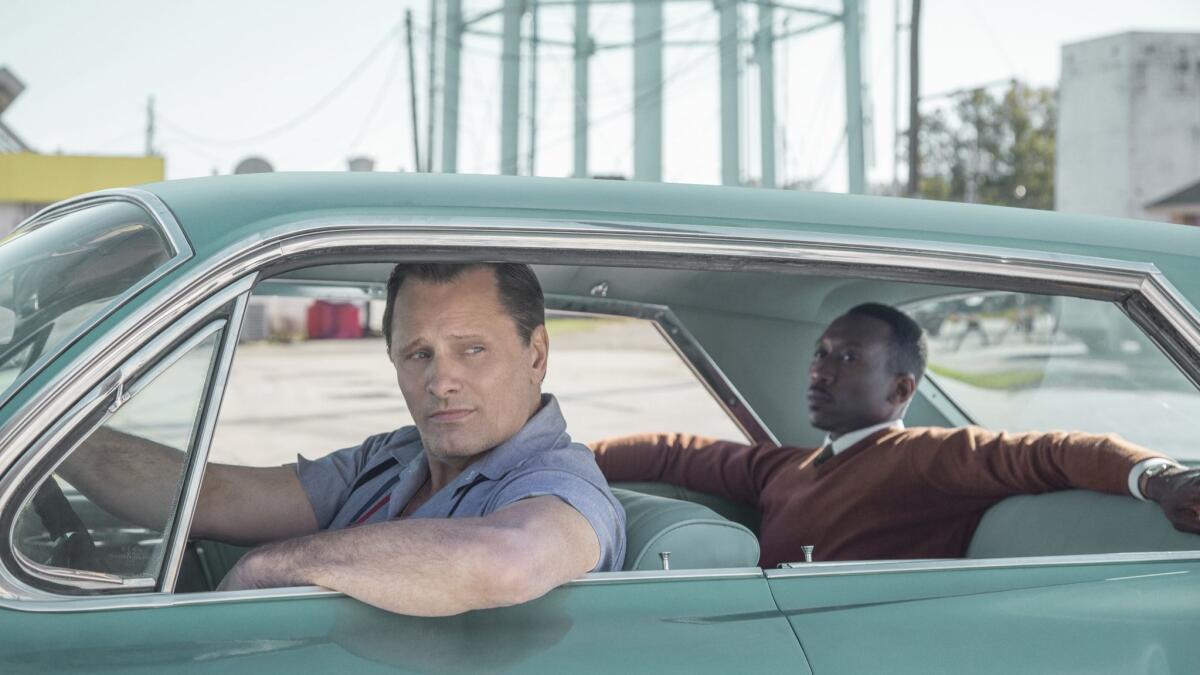
“You hear the horror stories of three-person writers rooms, but such was not the case with us. It took long hours and many kicks of the sieve for sure, but we could not have been more united on the story we wanted to tell and the way we wanted to convey it.” — Brian Hayes Currie

“I wrote the first draft quickly. I wrote it for me and my mother and her brothers. I could not write her Alzheimer’s without writing how hard it was on the rest of us. It has this way of unsettling you. It can be shockingly hilarious one moment and then turn into something so haunting it takes your breath away. There is no solution, no good answer, but you wait anyway, holding out hope, especially if you’ve been told all your life that God is good.”
When tragedy strikes, it becomes clear ‘memories are not to be taken for granted’ »
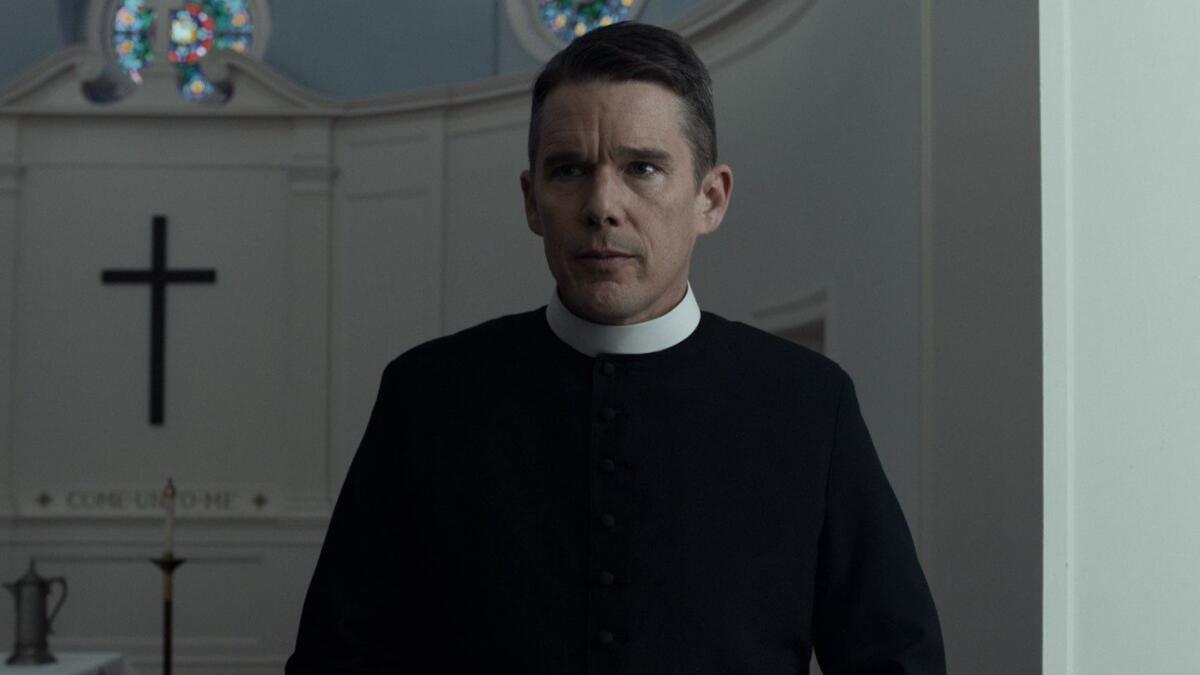
“Three years ago, I gave Pawel Pawlikowski an award for ‘Ida’ at the New York Film Critics Circle dinner. He knew my book, I loved his film and we talked about the ways cinema can evoke the spiritual. That night, walking the nine blocks uptown from Tao to my Chelsea condo, I thought to myself, ‘It’s time to write the script you swore you’d never write. You’ll be 70 next year. Do it just like Pawel did it. Black and white. Academy ratio. What can you lose? It’s time.’”
In writing ‘First Reformed,’ an intellectual decision soon became overwhelmingly emotional »
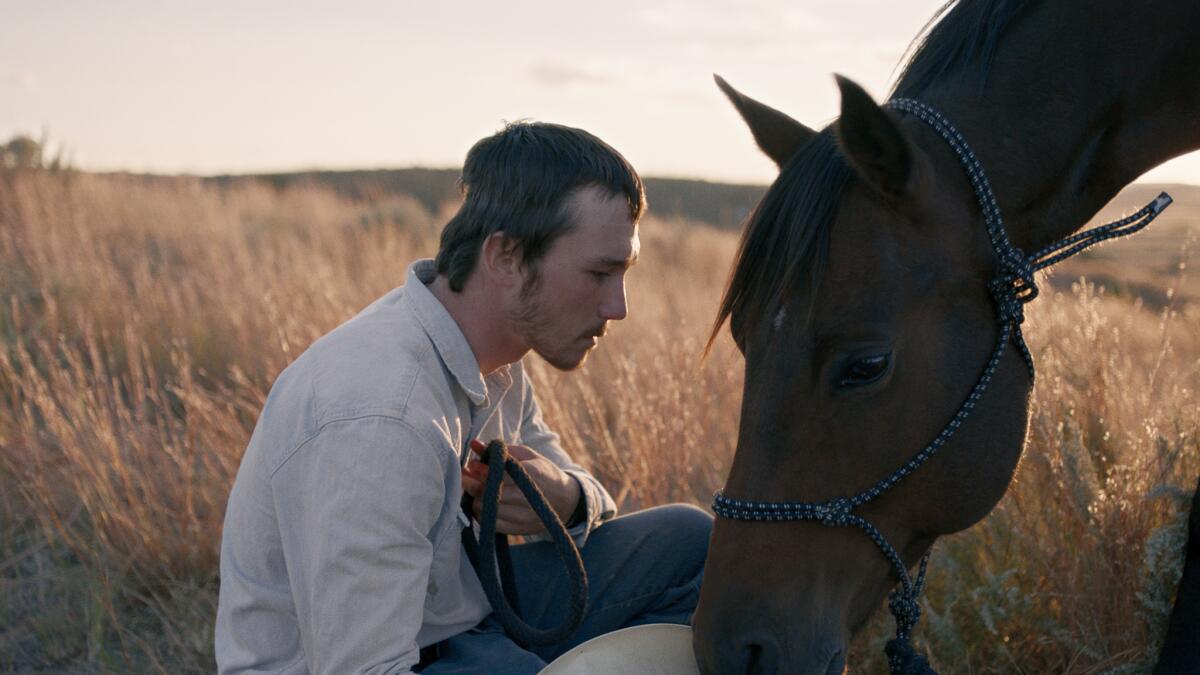
“Things change on a daily and hourly basis on a shoot that depended on our non-actors’ daily schedules, real-life events, weather and the limitations of a five-person crew. I was constantly rewriting on set. If a scene isn’t working, I usually rewrite instead of forcing things and doing more takes.”
Letting the emotions of the moment guide the script for ‘The Rider’ »
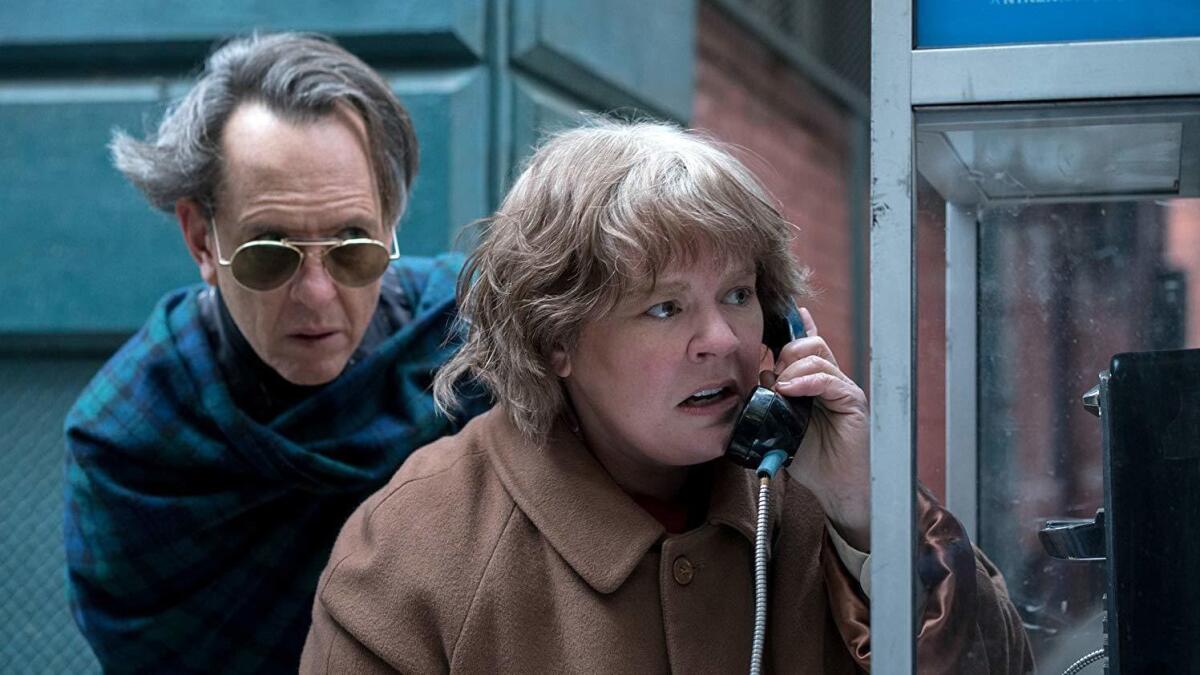
“In the hustle I discovered character simply based on my knowledge of New York’s hidden geography. Many events in the memoir take place in Julius' Bar on Waverly and 10th Street in the Village, a bar that is authenticity itself, for it has changed little since Prohibition days. It is perhaps my favorite bar in Manhattan. Lee’s accomplice, Jack Hock, was not fleshed out in the memoir, but I knew she met him there. So in summoning character, I imagined him across the street from Julius where the rent boys used to line up back in the day, the cars pulling up to make an arrangement, then whisking their prize into the night.”
'Can You Ever Forgive Me?' co-writer went for broad — and got an Oscar nod in the process »
From the Oscars to the Emmys.
Get the Envelope newsletter for exclusive awards season coverage, behind-the-scenes stories from the Envelope podcast and columnist Glenn Whipp’s must-read analysis.
You may occasionally receive promotional content from the Los Angeles Times.







